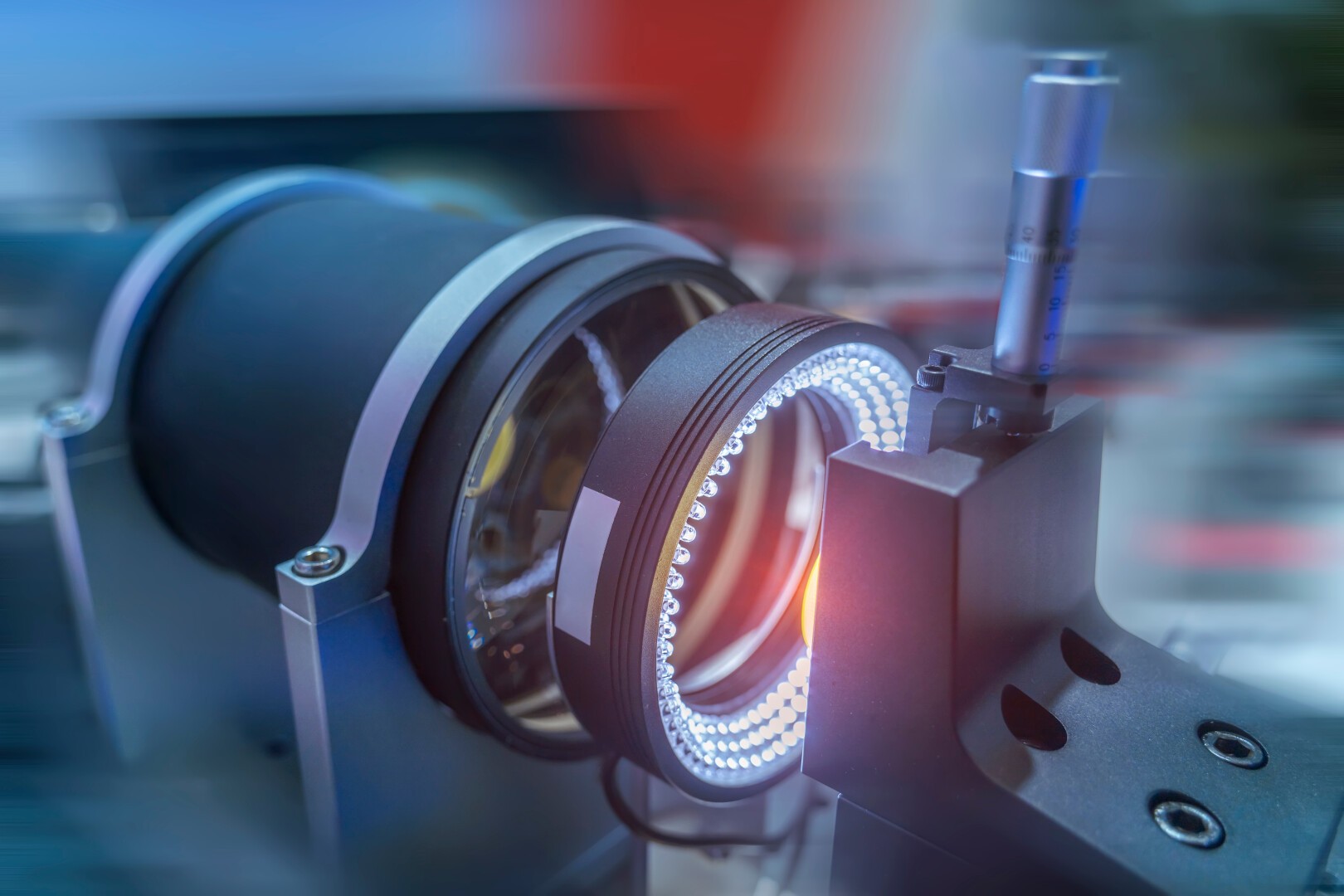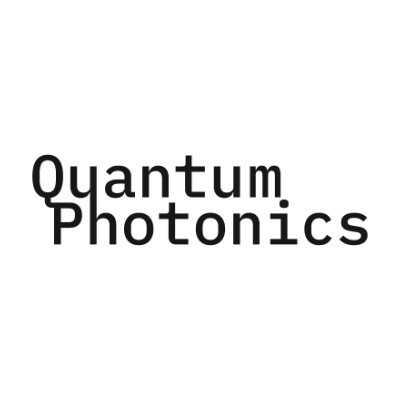Quantum optics explained: The science of light
Quantum optics explores the interaction of light and matter at the smallest scale. It is key to the development of quantum computers, lasers, and precise measurement techniques – and provides fascinating insights into the fundamental laws of physics.
Quantum optics is a fascinating branch of physics that deals with the interaction of light and matter at the quantum mechanical level. In a world where light is viewed not only as a wave but also as particles – so-called photons – quantum optics opens up entirely new perspectives on the laws of nature and technological applications. This article provides a comprehensive insight into the fundamentals, principles, and applications of quantum optics – easy to understand yet well-founded.
What is quantum optics?
Quantum optics is a branch of quantum physics that investigates the quantized properties of light and its interaction with atoms and molecules. In contrast to classical optics, which describes light as a continuous wave, quantum optics considers light as discrete packets of energy – photons – and analyzes their behavior in interaction with matter at the microscopic level.
A central concept here is so-called superposition: A photon can exist in multiple states simultaneously until it is measured. This property makes quantum optics a key field for many modern technologies such as quantum computers, laser technology, and high-precision measurement methods.
The duality of light
The fundamental idea that light has both wave and particle properties is one of the most remarkable discoveries in modern physics. This wave-particle duality has been demonstrated by experiments such as the double-slit experiment. When individual photons are sent through two slits, they display an interference pattern on a screen – an indication of wave properties. However, when detectors are used to track the photons' path, the pattern disappears – an indication of particle properties.
This duality is a prime example of the fundamental principle of quantum mechanics: reality is not objectively determined but depends on the type of measurement.

Quantum optical systems: Atoms, Photons, and more
Quantum optics often uses individual atoms or ions that are trapped and controlled in so-called ion traps or optical lattices. These systems make it possible to specifically manipulate and measure quantum mechanical states.
Photons – the quantum units of light – play a central role in quantum optical experiments. They can be guided via mirrors, lenses, and beam splitters, and generated or manipulated using special crystals. Things get particularly exciting when photons are entangled. This quantum entanglement leads to a state in which two photons are instantly connected to each other, regardless of their spatial distance – a phenomenon Einstein once called "spooky action at a distance."
Applications of quantum optics
The findings of quantum optics are not only theoretical in nature, but are increasingly being used in modern technology:
1. Quantum Computing
Quantum optics is a key tool for the development of quantum computers. Photons are used as carriers of quantum information (qubits) because they barely interact with their environment and move at high speeds. Quantum optical methods can be used to perform logical operations on qubits and interconnect quantum mechanical states.
2. Quantum Cryptography
Another field of application is quantum cryptography, in particular quantum key distribution (QKD). The security of communication is guaranteed by the physical laws of quantum mechanics – a huge advance over classical encryption methods.
3. High-Precision Measurements
Quantum optics enables extremely precise measurements of physical quantities such as time, frequency, or gravity. Atomic clocks based on quantum optical principles are among the most precise measuring instruments in the world. Gravitational wave measurements also benefit from quantum optical interferometry.
Important experiments in quantum optics
- Double-slit experiment: The double-slit experiment is probably the most well-known experiment in quantum optics. It impressively demonstrates wave-particle duality. Even if photons are sent through the slit individually, an interference pattern is ultimately created – proof of their quantum mechanical nature.
- Bell experiments: Bell experiments test the validity of the so-called Bell inequalities and determine whether quantum mechanics or a locally realistic theory better describes nature. The results clearly show that quantum mechanics is correct and that local hidden variables are excluded.
The role of lasers in quantum optics
Laser light plays a central role in quantum optics. It offers the possibility of specifically exciting, cooling, or manipulating atoms. By precisely controlling wavelength and intensity, quantum mechanical states can be created.
One particularly exciting area is so-called laser cooling, in which atoms are brought to temperatures close to absolute zero. This is necessary to visualize and control quantum mechanical effects – for example, in Bose-Einstein condensates.
Quantum optics and the future of technology
Advances in quantum optics are opening up new horizons for science and technology. The combination of experimental precision and theoretical depth makes this field of research a driving force for innovation in the 21st century. In addition to practical applications in communications and computer science, quantum optics also plays a key role in understanding fundamental physical processes.
In the future, quantum optical systems could help expand the Standard Model of particle physics, discover new states of matter, or better understand the universe at the smallest scales. The connection to biophotonics – i.e., the use of quantum optical methods in medical diagnostics – also offers enormous potential.
Conclusion: Understanding the magic of light
Quantum optics impressively demonstrates how complex and fascinating the world of light is. From the duality of the photon to practical applications in quantum computers and communications technologies, this field of research is both an intellectual adventure and a technological game-changer. Those who study quantum optics are looking into the heart of modern physics and into a future full of possibilities.


